“Royal Style: Qing Dynasty and Western Court Jewelry” @ National Palace Museum
Cartier, Paris, Panther Clip Brooch, 1949.
TAIPEI.- The National Palace Museum, the Shenyang Palace Museum and the Cartier Collection jointly present the dazzling exhibition entitled “Royal Style: Qing Dynasty and Western Court Jewelry,” held at the National Palace Museum’s Library Building exhibition hall from June 9 to September 9, 2012. The display showcases 475 sets and pieces of precious jewelry, juxtaposing dazzling modern gems from the West with splendid examples from the Qing dynasty court in China.
Beautiful jewelry not only reflects the personality and taste of the wearer, it also is a form of cultural sign that symbolizes his or her status and authority. “Royal Style” is a unique exhibition bringing together and comparing jewelry used at the Qing court and by members of the Western upper classes, focusing on the people and stories around which they revolve. The display begins with the tastes of the imperial family and nobility, expressing their eternal and unchanging classicism. It is then followed by the fashions in jewelry that they spawned, reflecting the styles of beautifying the female form in Europe and at the Qing court. Finally, when East and West meet and interact in different times and contexts, their materials, techniques, and designs reveal great variety and possibility, forming beautiful sparks of the imagination that create even greater cultural content.
Jewelry from the Qing court emphasizes its own virtues and connotations, the sparkle of a gemstone or its rarity not being the most important factor. The freshwater “eastern pearl,” for example, came from the homeland of the ruling Manchu and thus was highly prized. Also, such materials as lapis lazuli, amber, coral, and turquoise were particularly valued for their colors used in sacrifices to the Heavens, Earth, Sun, and Moon, respectively. The design of accessories for the Qing court often incorporates such festive or auspicious themes as good fortune, longevity, and peace. Among the 243 sets and pieces of Qing jewelry on display are not only 174 from the National Palace Museum, but also a collection of 69 lent from the Shenyang Palace Museum related to the Last Emperor, Puyi, and his empress, Wanrong. The Shenyang pieces provide a continuation of the National Palace Museum’s collection, thus offering a complete picture of Qing court jewelry.
European court jewelry symbolizes the power of a particular country as a whole, the dazzling display among male and female rulers and nobility clearly manifesting both their wealth and power. To present the peerless splendor of jewelry used by Western nobility to local audiences for comparison, a special loan was arranged with the Cartier Collection, which has a brand history of more than 165 years. The 232 sets and pieces from the Cartier Collection worn by nobility and the upper classes fully demonstrate the consummate attainment of jewelry craftsmanship in the West.
To display the gorgeous splendor of all the jewelry in the exhibit, the gallery design for “Royal Style” employs a subdued dark gray tone that brings out the luster and brilliance of the pieces. The background also has a calming effect on audiences, who then can proceed to view the exhibit themes of elegant luxury at the Qing court to the fashion and demeanor of Western nobility. The gallery intentionally has an atmosphere recreating the faceting of mineral deposits, taking visitors back to the source of these precious jewels and forming an interesting juxtaposition of the original materials and the art of fashioning jewelry.
National Palace Museum, Shenyang Museum
Cartier Collection
Cartier's Patiala necklace.
Cartier, Scroll Tiara. From 1902.
Cartier, London, Necklace, 1932
Cartier, Paris, special order 1936, altered in 1963 - "Tutti Frutti" Necklace
Cartier Paris, Flamingo Clip Brooch, 1987
Grande pendule mystérieuse Portique. Cartier Paris, 1923.
Nécessaire vase chinois, Cartier Paris, 1927

/https%3A%2F%2Fprofilepics.canalblog.com%2Fprofilepics%2F1%2F0%2F100183.jpg)
/https%3A%2F%2Fstorage.canalblog.com%2F03%2F02%2F119589%2F96711876_o.jpg)
/https%3A%2F%2Fstorage.canalblog.com%2F11%2F31%2F119589%2F94773502_o.jpg)
/https%3A%2F%2Fstorage.canalblog.com%2F20%2F83%2F119589%2F94772815_o.jpg)
/https%3A%2F%2Fstorage.canalblog.com%2F26%2F72%2F119589%2F75604929_o.jpg)
/https%3A%2F%2Fstorage.canalblog.com%2F59%2F60%2F119589%2F26458628_o.jpg)


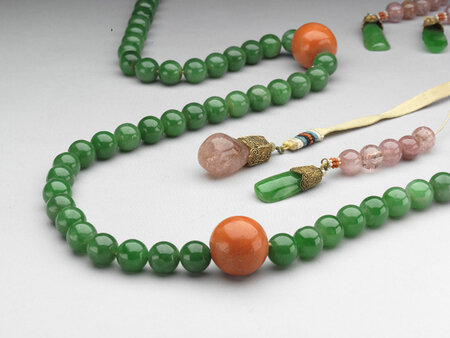
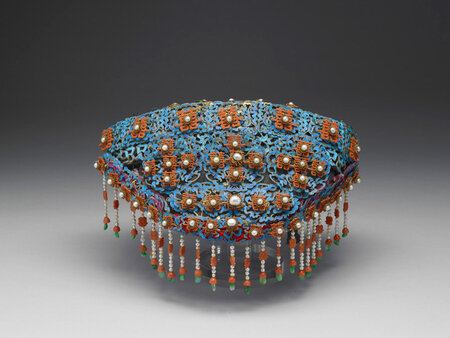
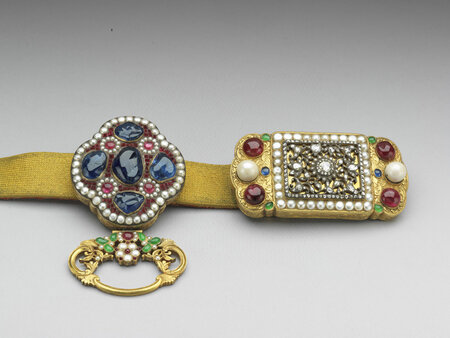


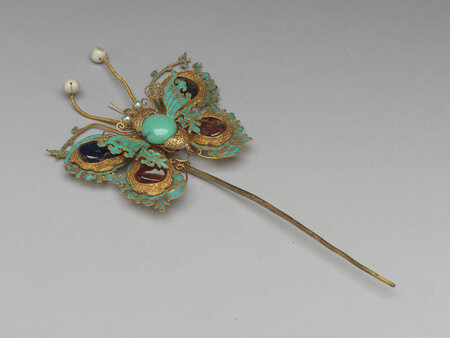


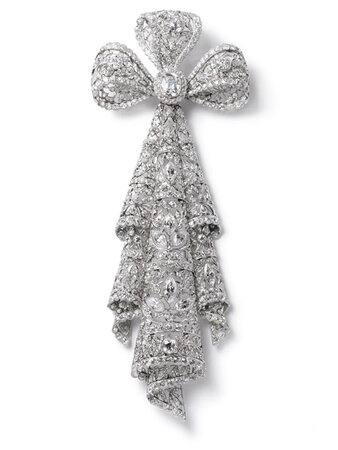
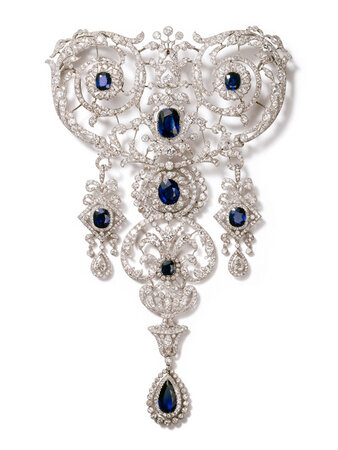

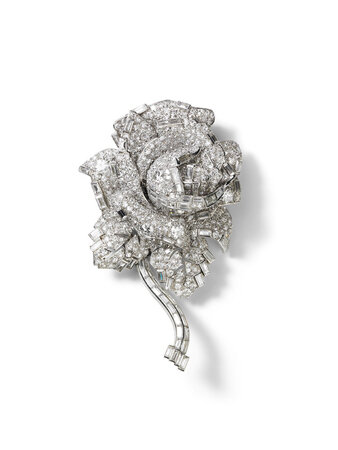
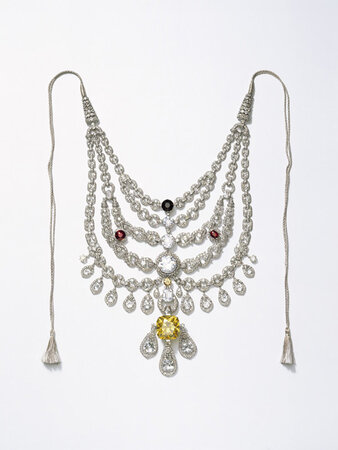
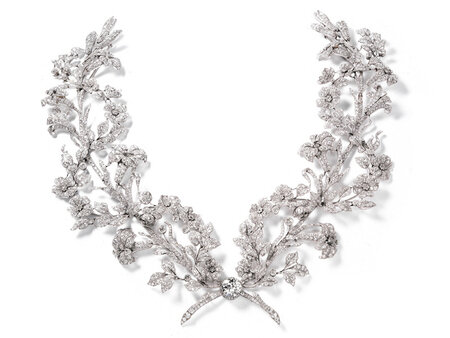
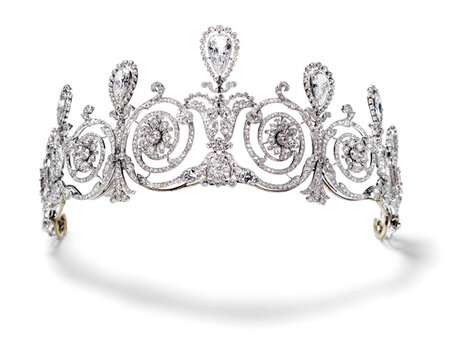




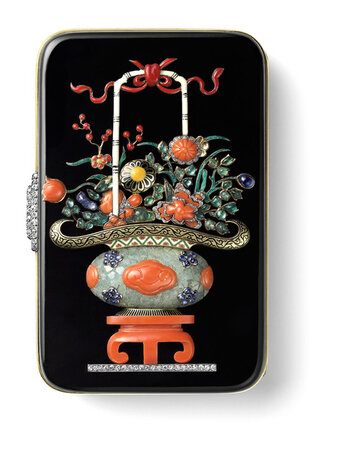


/image%2F1371349%2F20240315%2Fob_456a00_f12fdad5-0750-48f5-ae8f-7bd6836745f7.jpg)
/http%3A%2F%2Fstorage.canalblog.com%2F86%2F67%2F119589%2F129815803_o.png)
/http%3A%2F%2Fstorage.canalblog.com%2F40%2F54%2F119589%2F128112000_o.jpg)
/http%3A%2F%2Fstorage.canalblog.com%2F97%2F36%2F119589%2F128062654_o.png)